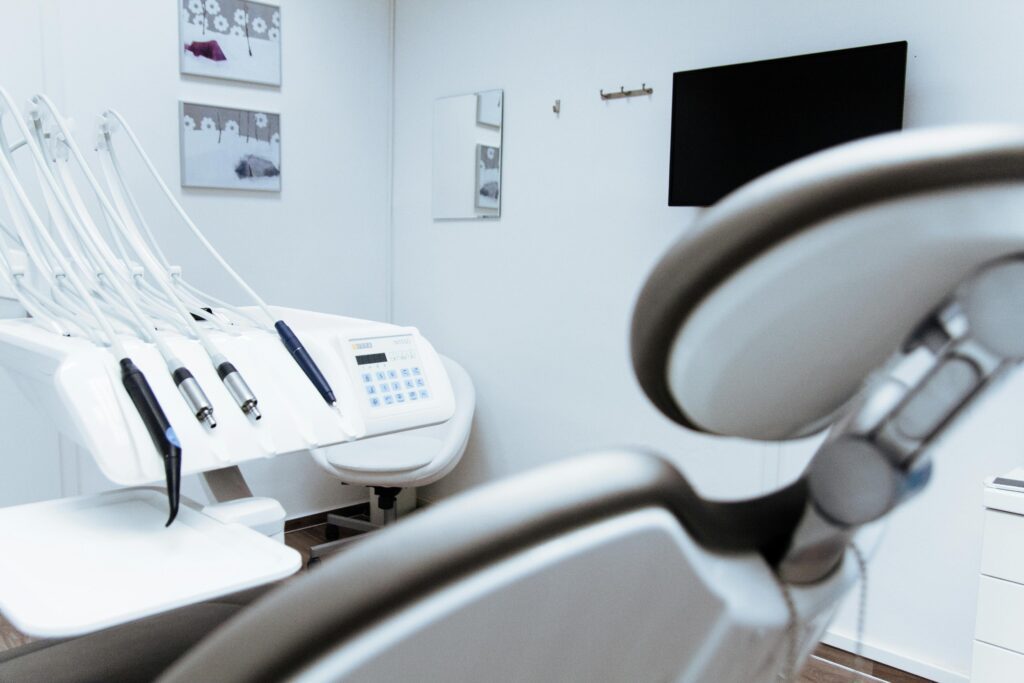Alright, so mini dental implants—those little tooth heroes also known as narrow diameter implants (NDIs) or small diameter implants (SDIs)—are marketed as the sleek, fast solution to your dental and oral health problems. What are mini dental implants? Well, like the espresso shot of dental work, they’re tiny, quick, and (theoretically) efficient. But here’s the thing: sometimes mini doesn’t mean mighty.
…Exactly what are mini dental implants? A look at the Disadvantages
1. Limited Support: Less is…Actually Less?
Traditional dental implants are like a well-made power suit: they give you support, hold everything in place, and stand the test of time. Minis are— well maybe they fit, and they’re fine, but they may not be up to the task for big commitments. Minis are tiny in diameter, and that’s why they’re usually better for single-tooth replacements. Want to load up a hefty bridge or support larger appliances? They might tap out faster than you’d like.
2. Higher Failure Rate: The Longevity Problem
You know what’s super fun? Having a dental implant put in, only to have it fail later. (Sarcasm alert: actually not fun at all.) Studies suggest mini implants have a bit of a commitment problem compared to their full-sized counterparts. While we don’t have a fully exhaustive reason why they call it quits more often, some say their daintier size just isn’t cut out for the long haul.
3. Bone Health: It’s a Balancing Act
Here’s where things get really interesting—well, for bone enthusiasts, anyway. Mini implants adhere to the bone through sheer mechanical force, which isn’t as “organic” as it sounds. Over time, this can actually harm your bone health because it’s not the same as traditional implants that sort of fuse in and become one with your jaw. Think of it as the difference between a temporary adhesive strip and a well-mounted hook; one of these things will stick around longer than the other.

4. Placement Challenges: Not All Jaws Are Created Equal
When trying to answer the question: what are mini dental implants? Imagine trying to balance a high heel on a gravel path. That’s kind of the vibe with placing mini implants in areas with less stable bone. Minis are designed to squeeze into small spaces, but their smaller stature can be an issue if they end up in weaker bone areas. Traditional implants, on the other hand, have a bit more security, meaning they can plant themselves and hold firm where minis might wobble.
5. The Nerve Wracking Risk of Nerve Damage
We don’t want to get too dramatic here, but mini implants bring with them a higher risk of nerve damage, especially in the back of the jaw where things get trickier. It’s sort of like driving a tiny car in a big storm; the stakes go up. And if the implant hits a nerve, it can be a not-so-fun reminder of your mini implant decision.
6. Hygiene: Clean Freaks, Beware
One big gripe: keeping these little guys clean isn’t easy. The design of mini implants can make it hard to keep bacteria at bay, meaning you may have to bring your A-game in the hygiene department. And as any good dentist will tell you, when it comes to dental implants, cleanliness isn’t just next to godliness—it’s next to keeping that implant happy and healthy.
Mini Dental Implants Aren’t for Everyone
So, what are mini dental implants? Let’s just say that they sure aren’t for everyone. For more information on the right choice for you and your oral health, make sure to reach out to Pacific Dental today!


